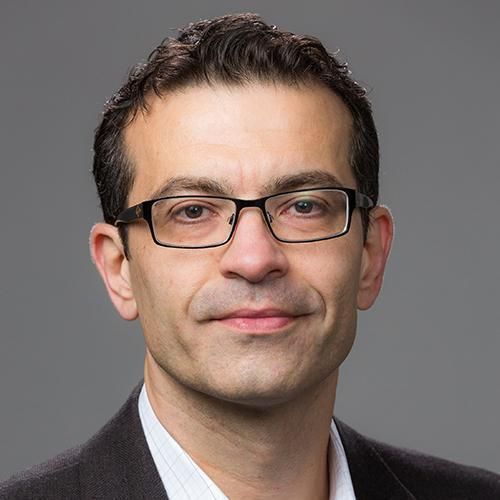
Novel anisotropic engineered cardiac tissues: studies of electrical propagation.
The goal of this study was to engineer cardiac tissue constructs with uniformly anisotropic architecture, and to evaluate their electrical function using multi-site optical mapping of cell membrane potentials. Anisotropic polymer scaffolds made by leaching of aligned sucrose templates were seeded with neonatal rat cardiac cells and cultured in rotating bioreactors for 6-14 days. Cells aligned and interconnected inside the scaffolds and when stimulated by a point electrode, supported macroscopically continuous, anisotropic impulse propagation. By culture day 14, the ratio of conduction velocities along vs. across cardiac fibers reached a value of 2, similar to that in native neonatal ventricles, while action potential duration and maximum capture rate, respectively, decreased to 120ms and increased to approximately 5Hz. The shorter culture time and larger scaffold thickness were associated with increased incidence of sustained reentrant arrhythmias. In summary, this study is the first successful attempt to engineer a cm(2)-size, functional anisotropic cardiac tissue patch.
Duke Scholars
Altmetric Attention Stats
Dimensions Citation Stats
Published In
DOI
EISSN
ISSN
Publication Date
Volume
Issue
Start / End Page
Related Subject Headings
- Tissue Engineering
- Tissue Culture Techniques
- Sucrose
- Rats, Sprague-Dawley
- Rats
- Polylactic Acid-Polyglycolic Acid Copolymer
- Polyglycolic Acid
- Myocytes, Cardiac
- Myocardium
- Membrane Potentials
Citation

Published In
DOI
EISSN
ISSN
Publication Date
Volume
Issue
Start / End Page
Related Subject Headings
- Tissue Engineering
- Tissue Culture Techniques
- Sucrose
- Rats, Sprague-Dawley
- Rats
- Polylactic Acid-Polyglycolic Acid Copolymer
- Polyglycolic Acid
- Myocytes, Cardiac
- Myocardium
- Membrane Potentials

